Pink Jade Bonsai- New Arrival
Original price was: ₹1,500.00.₹949.00Current price is: ₹949.00.
40 in stock
Selling Size: Single plant | Pot Included | Free Shipping
The Pink Jade Bonsai, a delightful variant of the Jade plant (Crassula ovata), is prized for its attractive pink-tinged leaves and suitability for bonsai cultivation.
Here’s a guide to caring for your Pink Jade Bonsai:
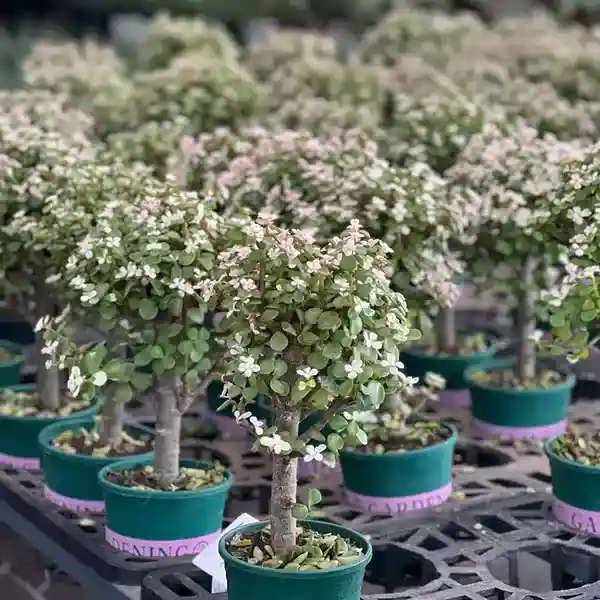
Light
- Bright, Indirect Light: Pink Jade Bonsai thrives in bright, indirect sunlight for at least 4-6 hours daily. A south or west-facing window is usually ideal.
- Direct Sunlight: Avoid intense, direct sunlight, especially during the hottest parts of the day, as it can scorch the leaves. Morning or late afternoon sun is generally safe.
- Indoor vs. Outdoor: During the warmer months (spring to fall), you can place your bonsai outdoors in a spot with light shade, protected from harsh midday sun and strong winds. Bring it indoors before the first frost, as it is not frost-tolerant (should not be exposed to temperatures below 50°F or 10°C for extended periods).
- Leaf Color as an Indicator: Red tips or edges on the green leaves often indicate that the plant is receiving sufficient sunlight. Pale or yellowing leaves may signal insufficient light.
- Rotation: Rotate your bonsai regularly (every week or two) to ensure all sides receive even light exposure, promoting balanced growth.
Watering
- Allow Soil to Dry: Water your Pink Jade Bonsai thoroughly only when the top inch or two of the soil feels dry to the touch. Jade plants are succulents and store water in their leaves and stems, making them relatively drought-tolerant.
- Frequency: Watering frequency will vary depending on the season, temperature, humidity, and the bonsai’s growth stage. Water less frequently in the fall and winter when the plant’s growth slows down (perhaps every 3-4 weeks). Increase watering during the active growing season (spring and summer), potentially to once every 1-2 weeks.
- Proper Technique: When you water, do so generously until water drains from the pot’s drainage holes. Avoid using softened water. You can also water by placing the pot in a shallow pan of water for an hour or so, allowing the soil to soak up moisture from the bottom.
- Avoid Overwatering: Overwatering is a primary cause of root rot, which can be fatal. Ensure your bonsai pot has good drainage. Never let the pot sit in standing water.
- Humidity: While Jade plants can tolerate average household humidity, they appreciate a bit more humidity, especially indoors during dry periods. You can use a humidity tray filled with pebbles and water (ensuring the pot doesn’t sit directly in the water). Misting the foliage occasionally during hot, dry periods can also be beneficial.
Soil
- Well-Draining Mix: Use a well-draining soil mix specifically formulated for succulents or bonsai. A mix containing ingredients like perlite, pumice, and coarse sand promotes good drainage and aeration, which is crucial for preventing root rot. Avoid using regular potting soil, which can retain too much moisture.
Fertilizing
- Growing Season: Feed your Pink Jade Bonsai with a balanced liquid fertilizer diluted to half strength every 4-6 weeks during the active growing season (spring to autumn).
- Dormant Season: Reduce or stop fertilizing during the winter months when the plant’s growth slows down.
Pruning
- Regular Pruning: Prune your Pink Jade Bonsai to maintain its desired shape, encourage branching, and control its size. Jade plants respond well to pruning.
- Pinching: Pinch back the tips of new growth regularly (every 4-6 weeks during the growing season) to encourage bushier growth and finer branching.
- Branch Pruning: Remove any dead, damaged, or crossing branches. You can also selectively prune healthy branches to shape the bonsai and improve its aesthetic appeal. Prune back to just above a node (where a leaf or new growth emerges).
- Timing: The best time for more significant pruning is typically in late winter or early spring, before the start of the active growing season, or during the summer. Avoid heavy pruning in the fall.
- Sterile Tools: Always use clean, sterile pruning shears to prevent the spread of diseases.
Repotting
- Frequency: Younger Jade Bonsai that are growing vigorously may need repotting every 1-2 years in the spring. Older, slower-growing bonsai can be repotted every 2-3 years.
- Signs for Repotting: Repot when the plant becomes root-bound (roots circling the inside of the pot) or when the soil is no longer draining well.
- Process: Gently remove the bonsai from its pot, carefully prune away about one-third of the root mass, and repot it in fresh, well-draining bonsai soil in the same or a slightly larger pot. Avoid watering for about a week after repotting to allow any damaged roots to heal.
Temperature
- Ideal Range: Pink Jade Bonsai prefers average room temperatures between 65°F and 75°F (18°C to 24°C) during the day. Slightly cooler temperatures at night (around 50°F to 55°F or 10°C to 13°C) are also acceptable and can even encourage flowering in some cases.
- Avoid Extremes: Protect your bonsai from extreme temperature fluctuations and drafts.
Pests and Diseases
- Relatively Pest-Resistant: Pink Jade Bonsai is generally resistant to many pests and diseases when cared for properly.
- Common Issues: However, they can occasionally be susceptible to common houseplant pests like aphids and spider mites. Inspect your bonsai regularly for any signs of infestation and treat promptly with insecticidal soap or neem oil if necessary.
- Root Rot: Overwatering is the primary cause of root rot, which can be fatal. Ensure proper watering practices and well-draining soil to prevent this.
By following these care guidelines, you can help your Pink Jade Bonsai thrive and enjoy its unique beauty for many years. Remember to observe your specific plant and adjust your care routine as needed based on its individual needs and your local environmental conditions.

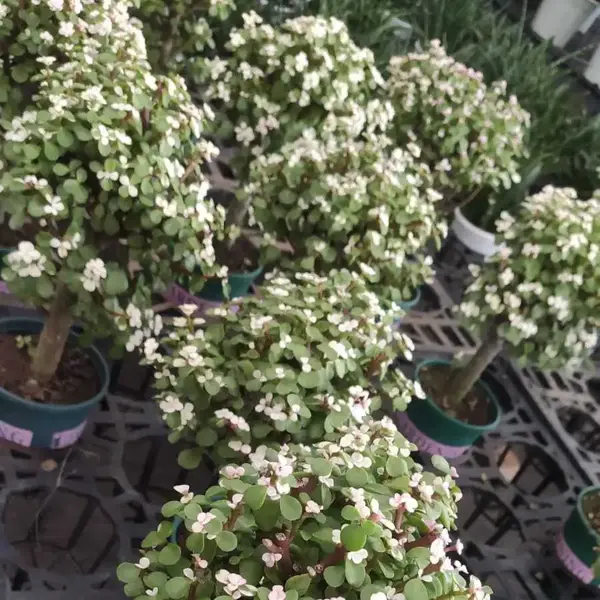
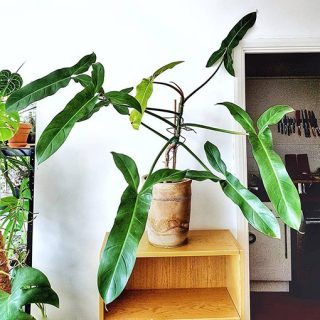

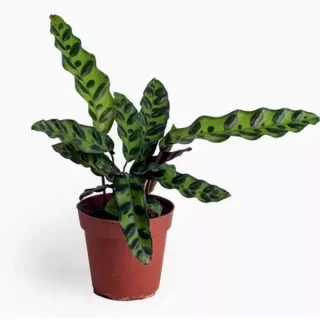
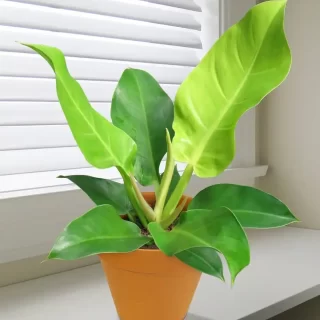

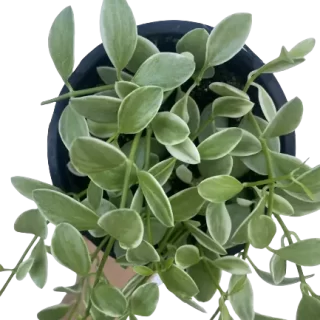
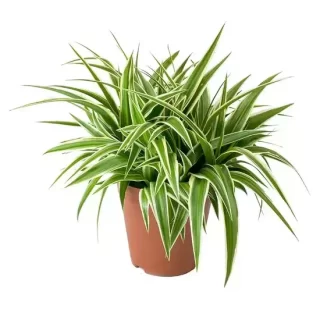
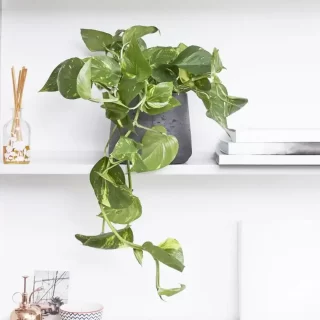
 If you need any assistance, I'm always here. Have you found what you were looking for?
If you need any assistance, I'm always here. Have you found what you were looking for?